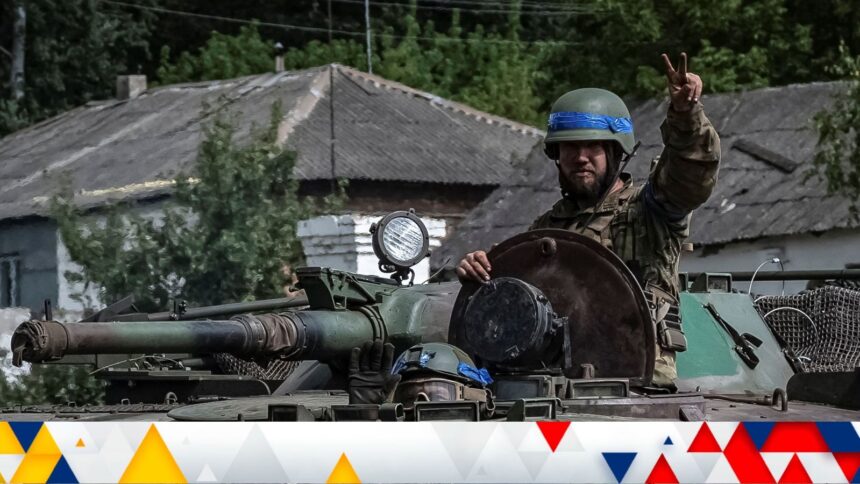Russian President Vladimir Putin has announced a temporary ceasefire in Ukraine, scheduled from 8 to 11 May 2025, coinciding with Victory Day celebrations. However, the fighting across key regions such as Luhansk, Kharkiv, and Kursk continues to paint a complicated picture of the conflict.

Putin’s Temporary Ceasefire and Ukraine’s Response
The Kremlin claims the ceasefire is based on “humanitarian considerations.” In contrast, Ukraine’s Foreign Minister Andrii Sybiha has demanded a much broader truce — proposing an immediate ceasefire lasting “at least 30 days” instead of waiting until May 8.
“If Russia truly wants peace, it must cease fire immediately,” Sybiha said, highlighting Ukraine’s skepticism toward Moscow’s intentions.
History of Failed Ceasefires
Ceasefire attempts in Ukraine have a poor track record. Over 20 temporary truces have been announced since 2022, many collapsing within minutes. The recent Easter ceasefire showed only a limited reduction in fighting, with both sides accusing each other of hundreds of violations.
Ukraine Counteroffensive in Luhansk
Amid calls for a ceasefire, Ukraine has launched a counteroffensive in the Luhansk region, successfully reclaiming a small but strategic village. This marks the first significant territorial gain in eastern Ukraine in months, bolstering morale among Ukrainian forces and exposing weaknesses in Russia’s overstretched military lines.
Russia’s Kharkiv Offensive
In May 2024, Russia opened a new front by advancing from Belgorod into northern Ukraine near Kharkiv. Several villages fell under Russian control, forcing mass evacuations. Despite fierce bombardments using glide bombs, Ukrainian forces have managed to stabilize the Kharkiv front and keep the city out of Russian artillery range.
Fighting in Kursk Region
Ukraine’s August 2024 cross-border offensive into Russia’s Kursk region initially captured more than 1,200 square kilometers. However, by March 2025, Russian forces had recaptured most of the territory, including the strategic town of Sudzha, cutting off Ukrainian logistical routes to Sumy.
Ukrainian soldiers have compared the battle for Kursk to a “horror movie,” emphasizing the brutal intensity of fighting behind enemy lines.
Trump’s Frustration and Push for Peace
U.S. President Donald Trump, who has sought to mediate peace since taking office, expressed growing frustration with both Ukraine and Russia. His administration demands a permanent ceasefire, warning that U.S. diplomatic support might waver if no progress is made soon.
White House Press Secretary Karoline Leavitt noted: “President Trump wants to see a permanent ceasefire first to stop the killing, stop the bloodshed.”
Conclusion: A Fragile Pause in a Prolonged War
While the proposed ceasefire could temporarily reduce violence, skepticism remains high given the history of broken truces. Fighting rages on in Luhansk, Kharkiv, and Kursk, and the battlefield realities may ultimately determine whether peace is even possible in the near future.
👉 For deeper analysis, view our full Ukraine War Timeline.









